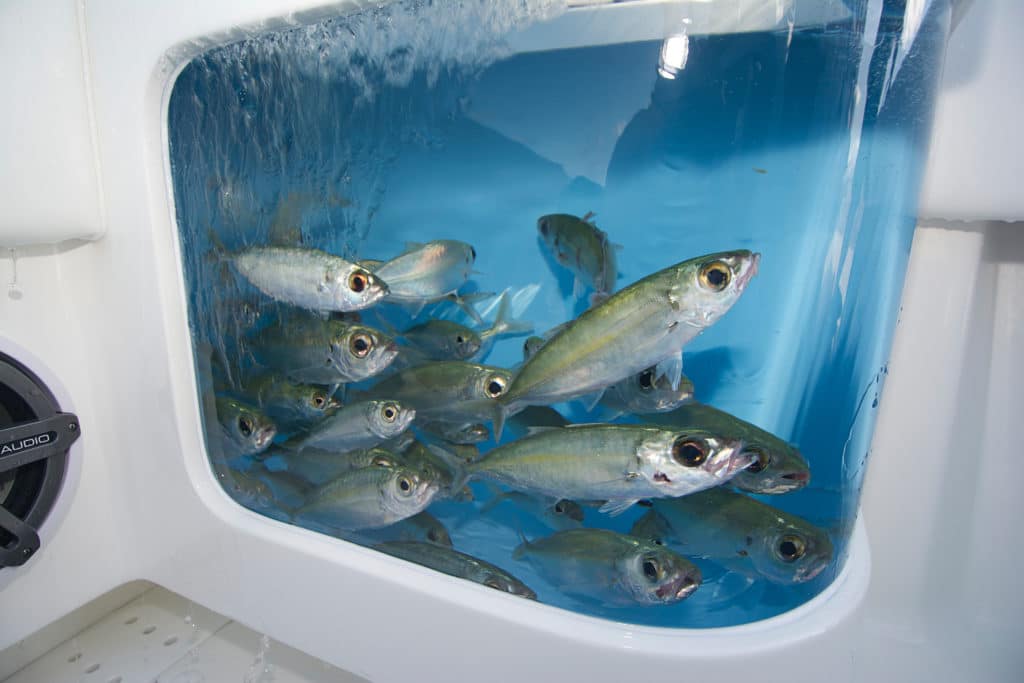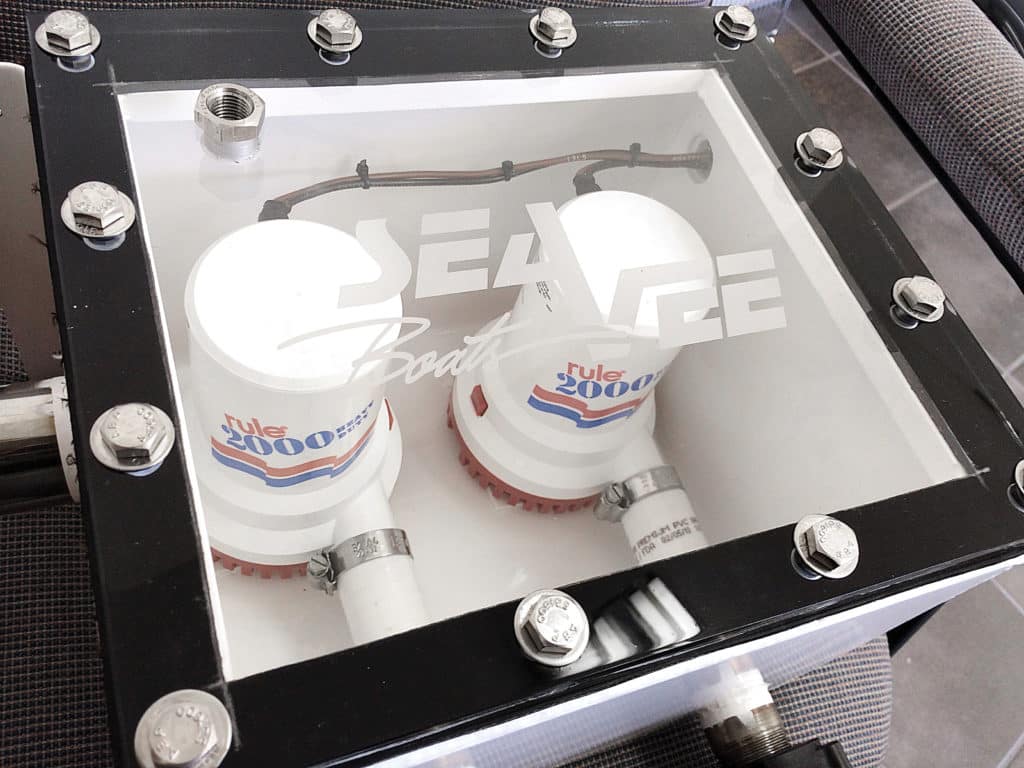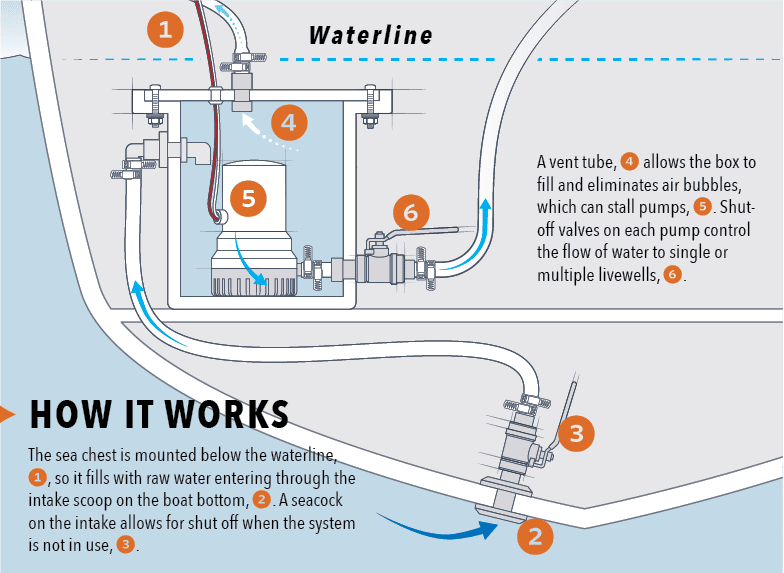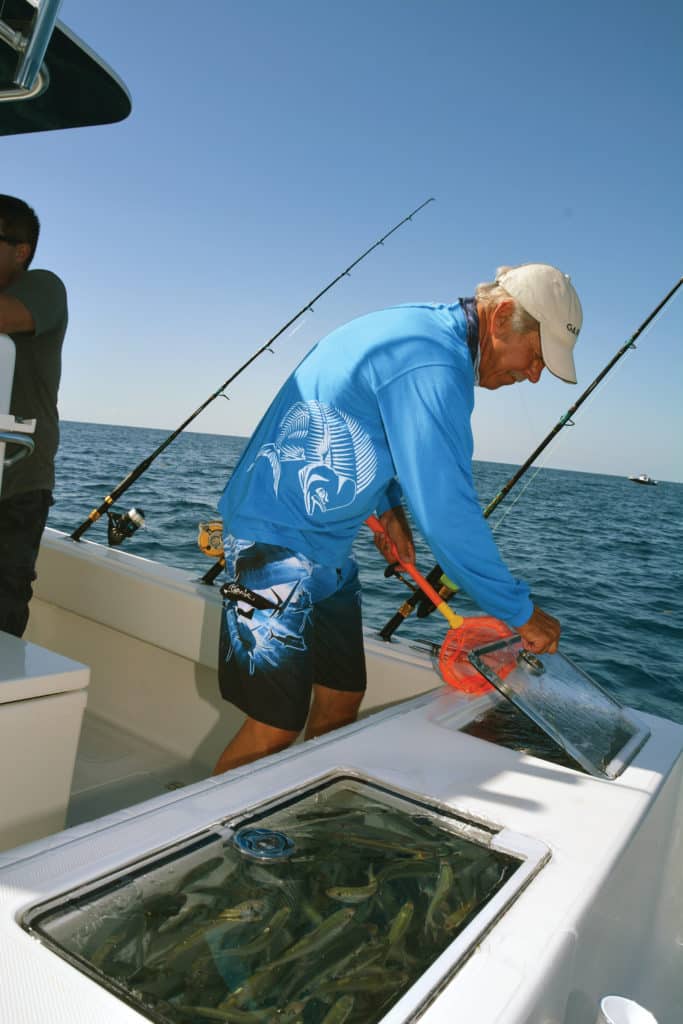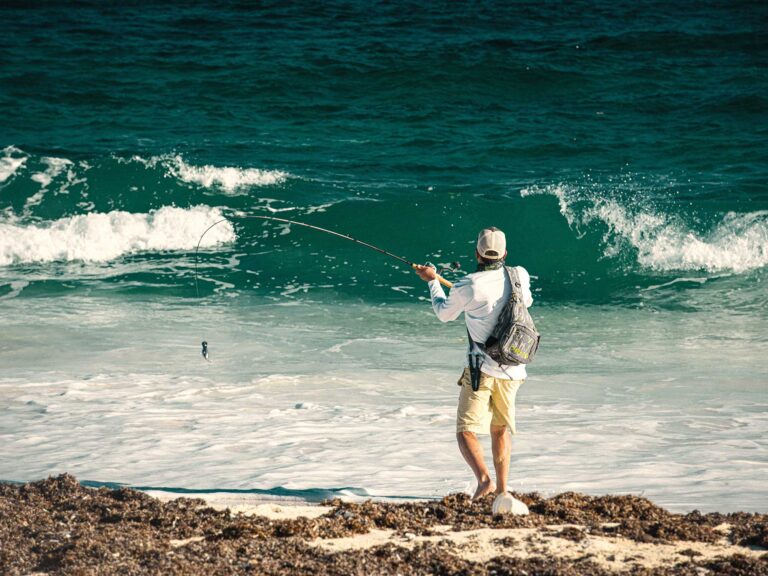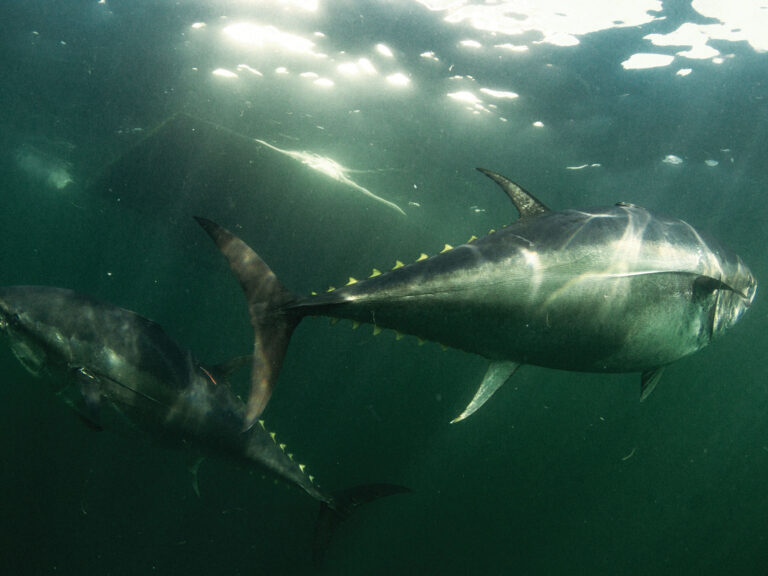System failures are annoying. They are even more aggravating after you’ve spent an hour throwing a cast net or using a sabiki rig to load up a tank of ideal baits only to have rigor mortis set in when the livewell pump burns up 40 miles offshore. And don’t forget the cost factor, either. Besides that hard-earned C-note you might have plunked down for goggle-eyes, you’re still looking at parts and labor to fix the pump. Of course, there’s also a wasted day off. The long-term solution? Add a sea chest to the boat’s plumbing system.
Sea chests are basically plumbed boxes installed in the bilge by the boatbuilder or dealer. A single supply hose floods a watertight box, which contains two to six livewell pumps that, in turn, deliver clean, bubble-free seawater to the individual livewells. There are several advantages to this type of system, according to Michael Padgett, who makes sea chests for SeaVee, SeaHunter and individual owners (bestmarineproducts.com).
“There are three benefits to installing a sea chest,” Padgett explains. “One, it greatly helps to remove air and prevent air locks, especially if you have a lot of aeration with stepped hulls. The flooded chest keeps the pumps constantly submerged, so they run cooler and last longer. And a sea chest simplifies the entire system. Everything is condensed with single access, so you don’t have to hunt for pumps, hoses or wiring if you do have a problem.”
Padgett’s chests and similar designs are manufactured with 316 stainless steel and thick acrylic tops for quick visual inspection. Powder coating adds a nice finish. Two- and four-pump models are the most popular, although tournament anglers who have multiple wells and above-deck tanks for transporting massive quantities of bait will often go with a six-pump setup. Rule 1500 or 2000 gallon per hour pumps circulate the water inside the chest. According to Padgett, a two-pump chest holds approximately 5 cubic feet of water, while a four-pump model handles nearly double that amount. Those capacities have ample reserves to compensate for intake fluctuations. Serious live-bait fanatics customize the system by adding check valves or paired pump controls to regulate the water pressure so that sensitive baits like pilchards aren’t pummeled by excessive force.
Steve Sprague is glad he added a factory-option sea chest to his new Jupiter 38 center console. As owner of Tuppens Marine in Palm Beach, Florida, and captain of the fishing team that competes on the Southern Kingfish Association circuit and in local charity events, he’s had several livewell failures in the past and wanted a better solution.
“We’ve had air locks and have gone through a lot of pumps,” he says. “Replacing pumps gets expensive, and we’ve had bait die, so I wanted to avoid that with the new boat. So far, I’m extremely pleased with the system. Ours has four pumps in the sea chest, one main and one backup for each livewell. Jupiter did a great job on the installation and we have the acrylic lid, plus the aquarium panel on the well to keep an eye on everything. The sea chest does a great job of pressurizing the well, and the vent on top lets us purge bubbles to prevent air locks.”
“We like plenty of bait,” Sprague says. “Our wells hold 60 gallons, and we can carry 3½ dozen baits in each one. During a recent tournament in Key West, Florida, we ran 45 miles one way and the baits were healthy when we arrived at our spot. I can see more customers adding this option to their boats. It requires more rigging by the builder, and the system is complex, but it definitely works.”
Even with enhanced dependability, sea chests are not without a few caveats. The size of the chest requires ample room in the bilge compartment for installation. All chests should be configured with a shut-off valve in the main water line to stop the flow in an emergency. Regular inspections are time-consuming but necessary to check for marine growth and clear the pumps of debris. Back-flush connections allow for freshwater rinsing. Boats on lifts where the chests can drain will be less problematic than those constantly in the water.
But if having happy, healthy bait is important for your style of fishing, then adding a sea chest is probably worth those extra hassles, especially in the middle of the Gulf Stream during a red-hot bite.
